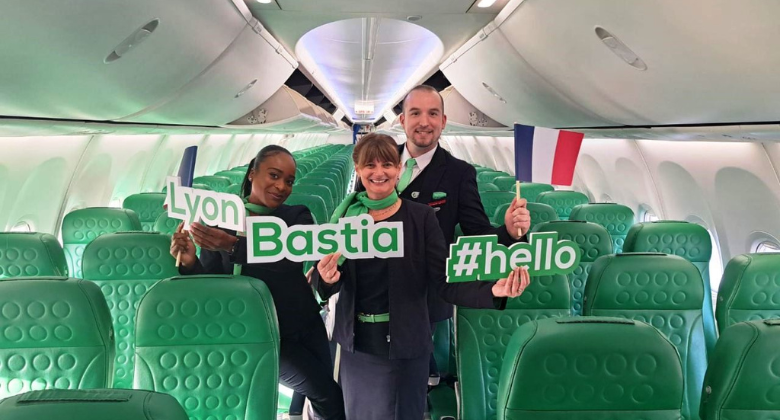Access selected deals available with budget and full-service airlines
Lock any airfare that sounds great. You don’t lose anything if you cancel it
Call us anytime for any assistance. We do not go into hibernation
Your personal and financial information stays secure with us
Transavia Airlines, trading as Transavia, is a Dutch low-cost airline and a wholly owned subsidiary of KLM, part of the Air France–KLM Group. Founded in 1965 as Transavia Limburg N.V., it began operations in 1966 as a charter airline and has since evolved into a prominent low-cost carrier, serving over 110 destinations across Europe and North Africa. Headquartered at Amsterdam Airport Schiphol (AMS), with additional bases in Rotterdam The Hague (RTM), Eindhoven (EIN), and Paris Orly (ORY), Transavia operates a modern fleet of Boeing 737s and Airbus A320neo/A321neo aircraft. Known for affordable fares, a user-friendly app, and innovative services like Transavia Holidays, the airline carries approximately 11 million passengers annually. Despite accolades for customer service, Transavia faces criticism for strict baggage policies, frequent delays, and inconsistent compensation handling. As it approaches its 60th anniversary in October 2025, Transavia continues to modernize with a retro-liveried Airbus A321neo and plans for fleet expansion.

Transavia was founded on September 21, 1965, as Transavia Limburg N.V. by Dutch businessman John Block, initially operating as a charter airline based in Maastricht. The airline’s first commercial flight, under the name Transavia Holland, took place on November 16, 1966, from Amsterdam to Naples, carrying the Dutch Ballet Orchestra and Dutch Dance Theatre, piloted by Captain Pete Holmes. In 1969, Transavia introduced its first jet, a Sud Caravelle, transitioning to Boeing 737s by 1976. By 1975, it held a 45% share of the Dutch holiday market, competing with Martinair.
In 1986, the airline rebranded to Transavia Airlines and began scheduled services, launching Amsterdam–London Gatwick on October 26, leveraging the UK-Netherlands open skies agreement. In 1991, Nedlloyd sold its 80% stake to KLM, and Transavia merged with Netherlines to bolster its market position. In 1998, it became the first foreign airline to operate domestic flights in Greece following aviation law changes. KLM’s full acquisition in 2003 made Transavia a subsidiary of Air France–KLM, though it operates independently.
Transavia France, established in 2006 as a joint venture, became fully owned by Air France–KLM in 2007, expanding from Paris Orly, Lyon, Nantes, and other French hubs. In 2015, Transavia opened a Munich base, though it closed in 2019. By December 2021, Transavia announced a fleet renewal with Air France-KLM, ordering 100 Airbus A320neo family aircraft, with the first A321neo delivered in December 2024. In January 2025, a post on X announced a retro-liveried A321neo, inspired by Thijs Postma’s 1966 design, to celebrate Transavia’s 60th anniversary in October 2025.
As of June 2025, Transavia operates a fleet of 55 aircraft, comprising 42 Boeing 737-700s and 737-800s and 13 Airbus A320neo/A321neos, with an average age of approximately 10 years. The Boeing 737-700 (149 seats) serves shorter routes, while the 737-800 (189 seats) handles longer flights. The A321neo, introduced in December 2023, features a spacious cabin with three travel classes: Basic, Plus, and Max. All aircraft offer USB ports and streaming Wi-Fi (Transavia Play), but lack seatback screens. The fleet renewal, with 100 A320neo family aircraft ordered, aims for 80% replacement by 2030, enhancing fuel efficiency.
Sustainability efforts include adopting fuel-efficient A320neos, reducing emissions by up to 20% compared to older 737s. Transavia’s point-to-point model minimizes connecting flights, lowering fuel use. The airline promotes waste reduction and digital services, like paperless boarding passes via its app, to support environmental goals. Transavia historically wet-leased aircraft during peak seasons and leased planes to Sun Country and GOL Airlines until 2020, optimizing fleet usage.